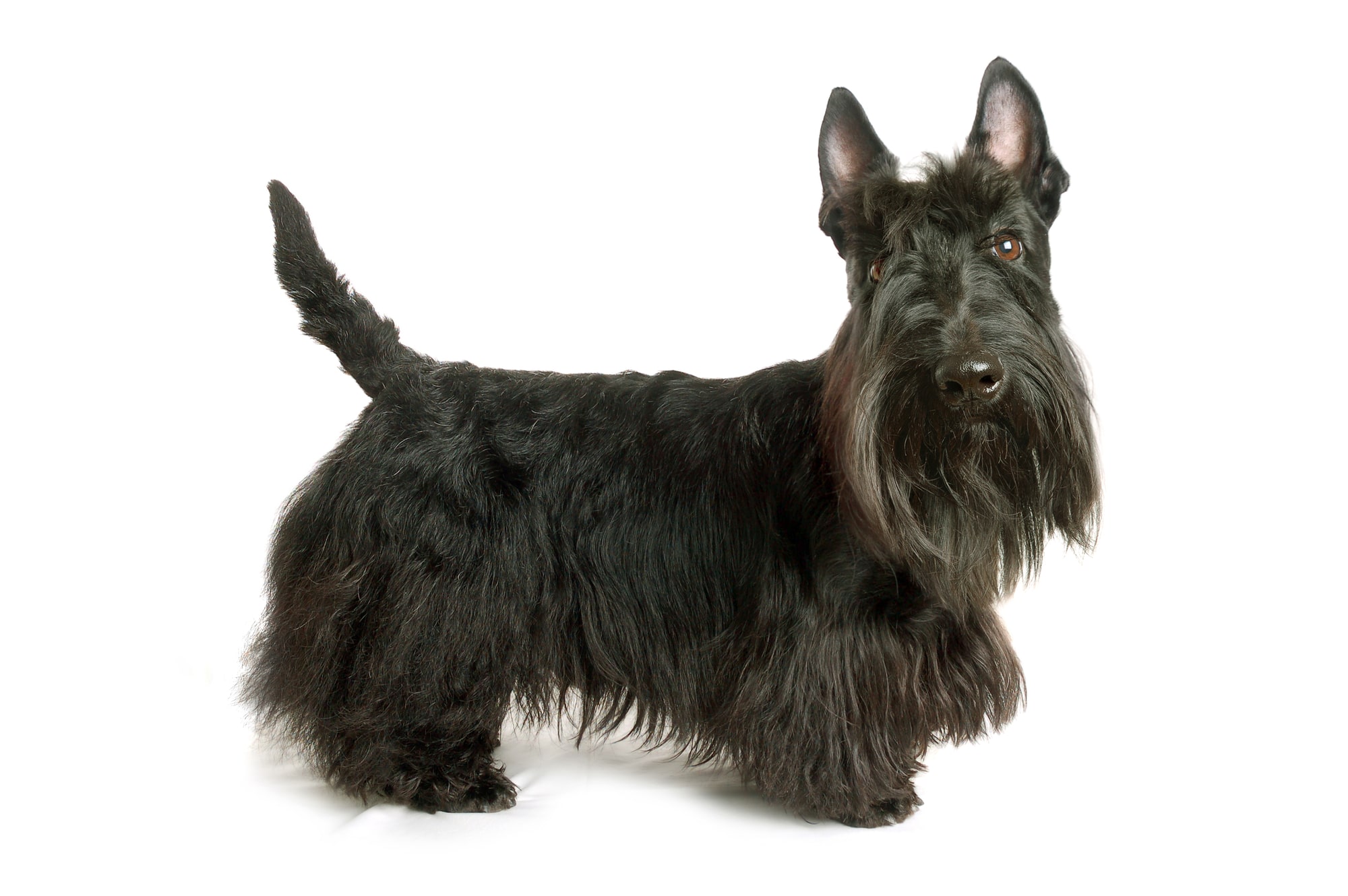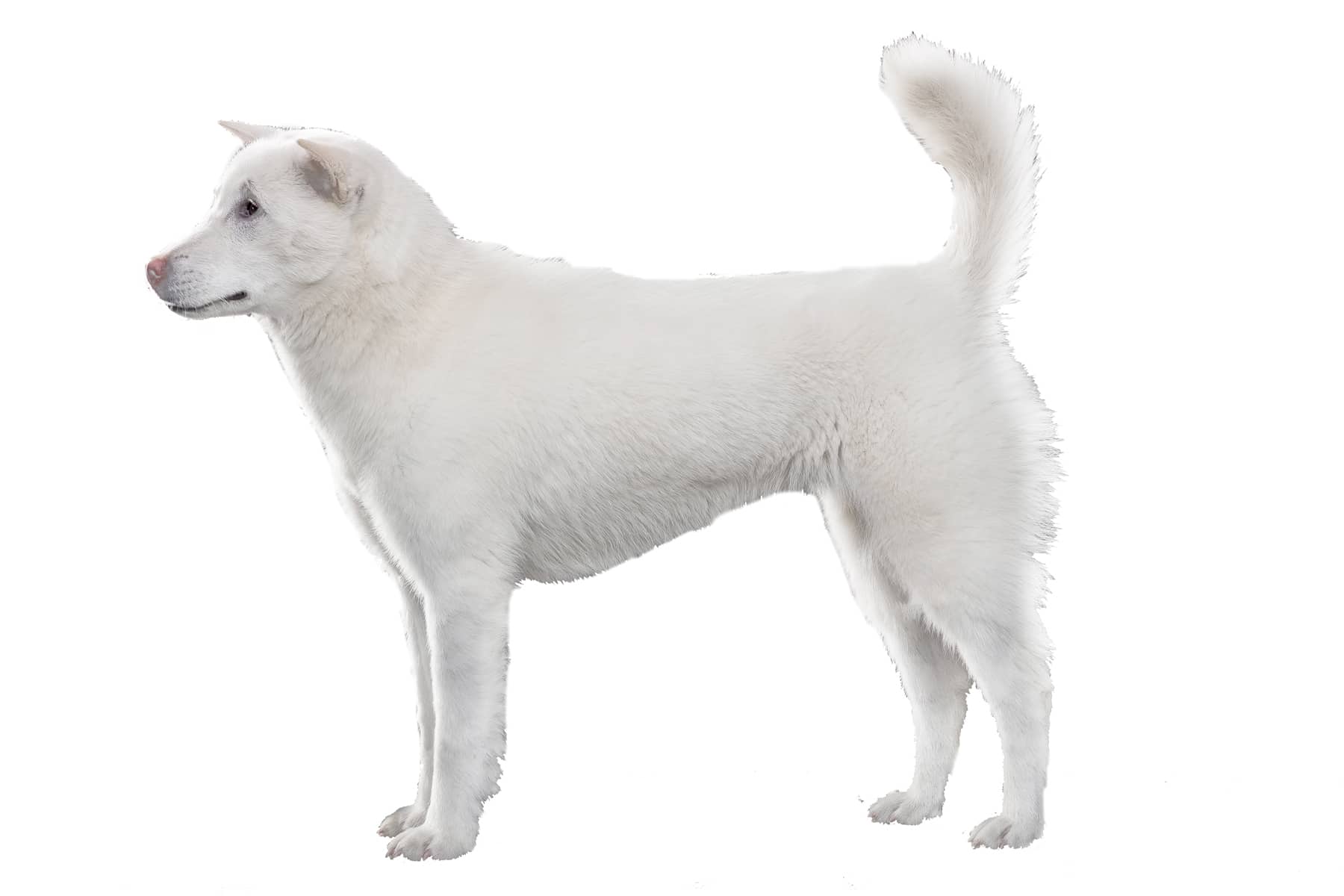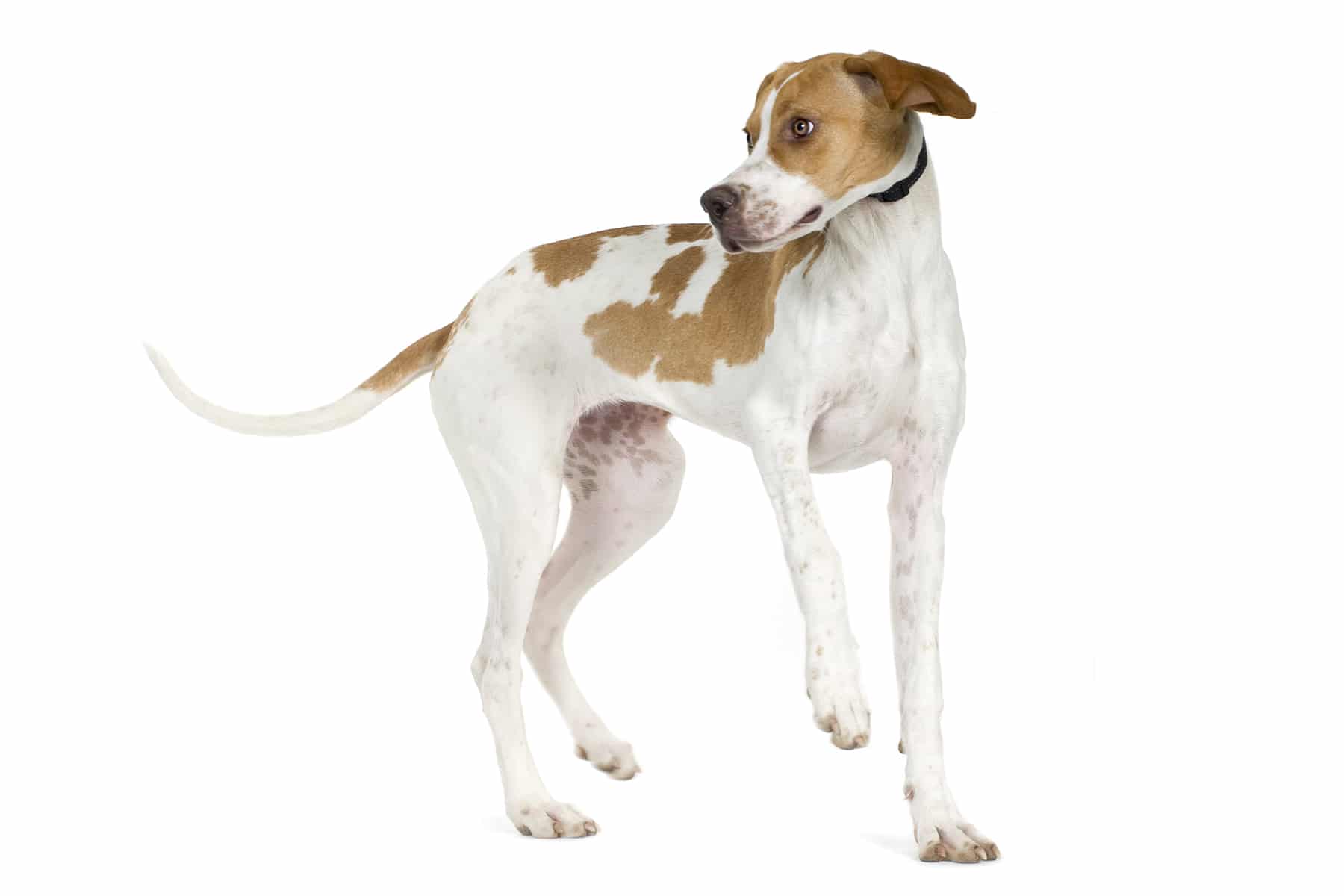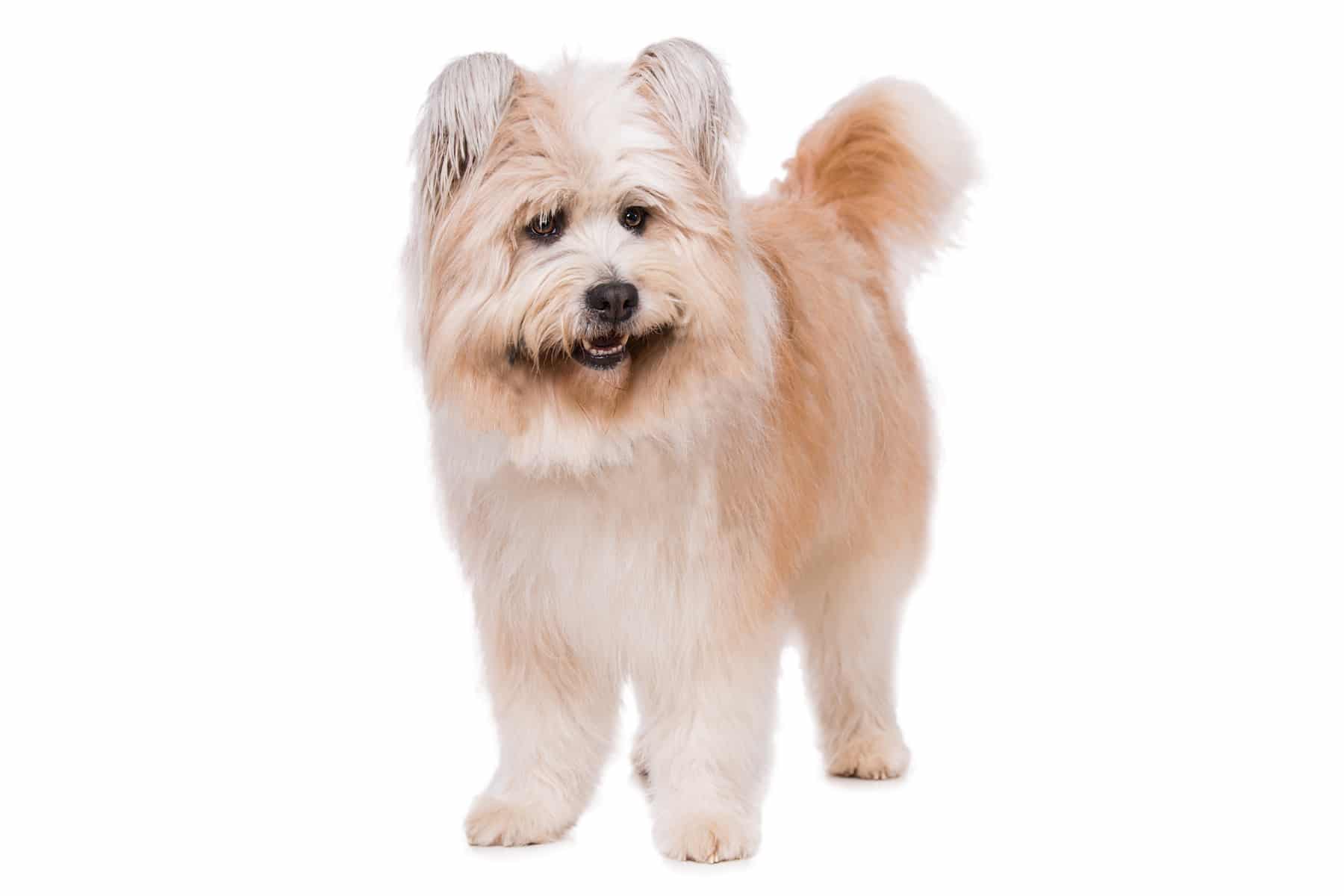Bernese Mountain Dog
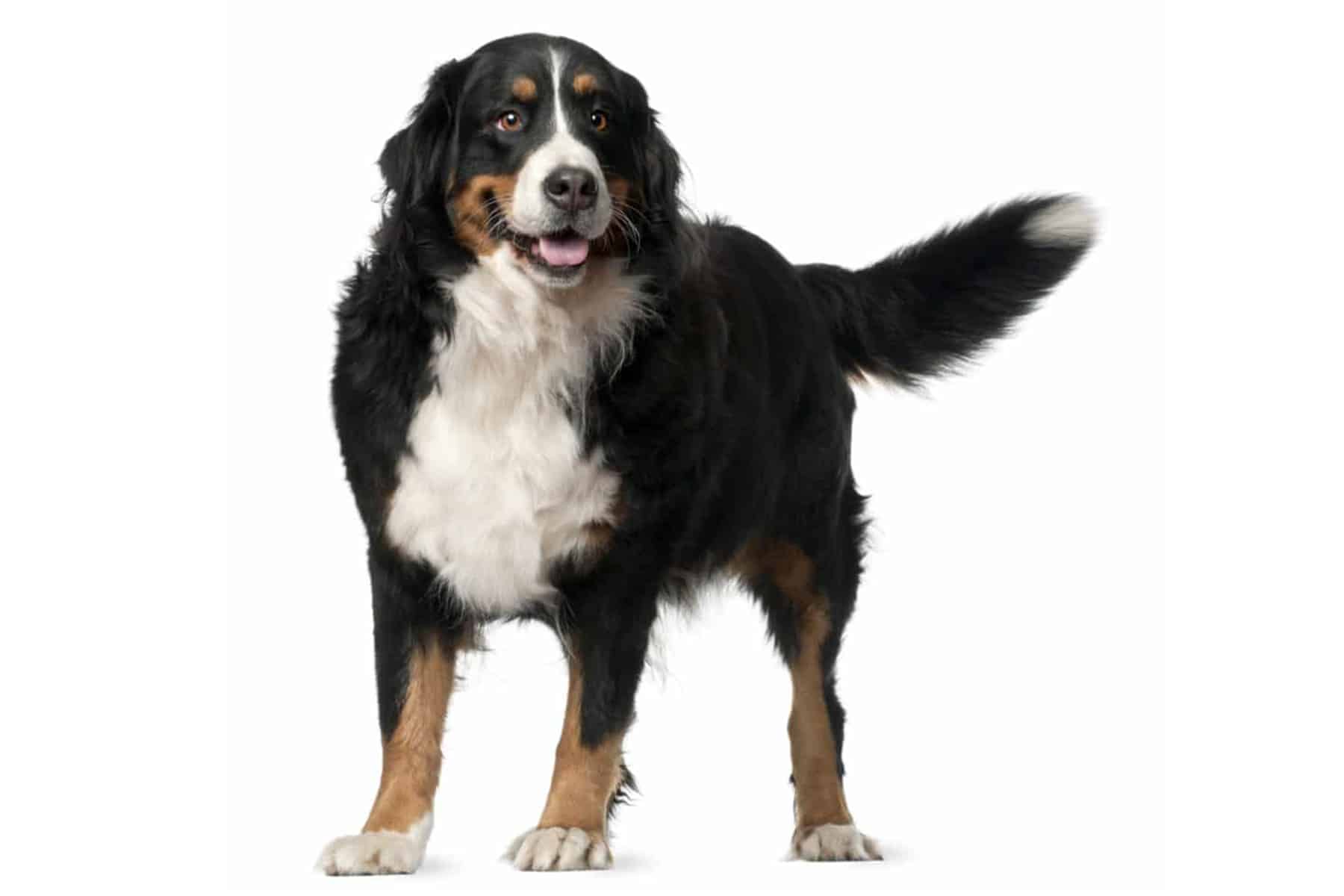
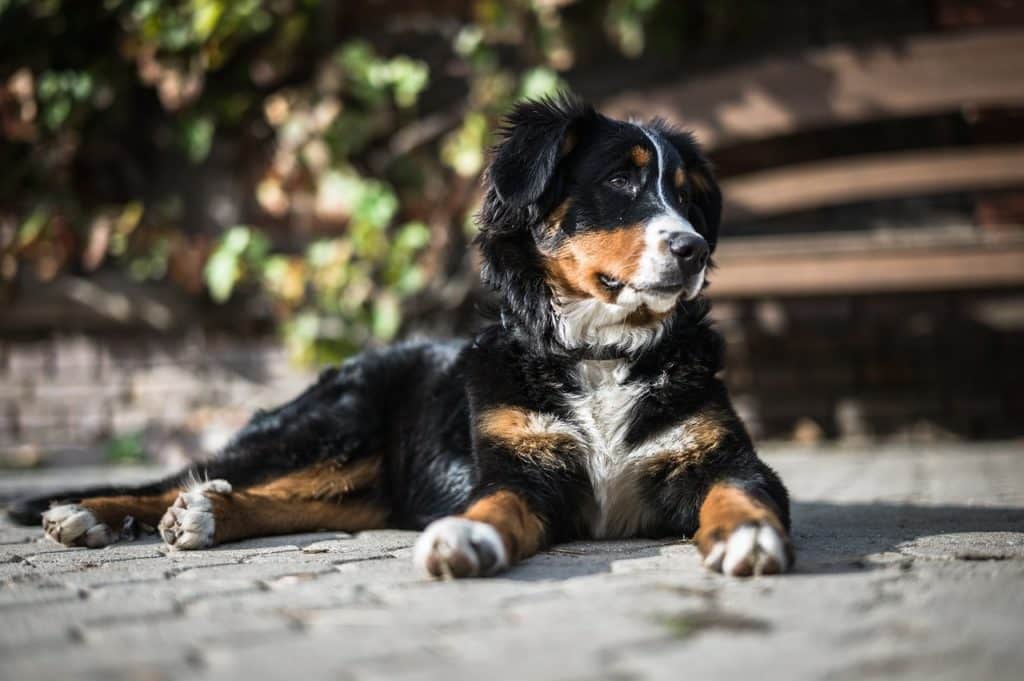
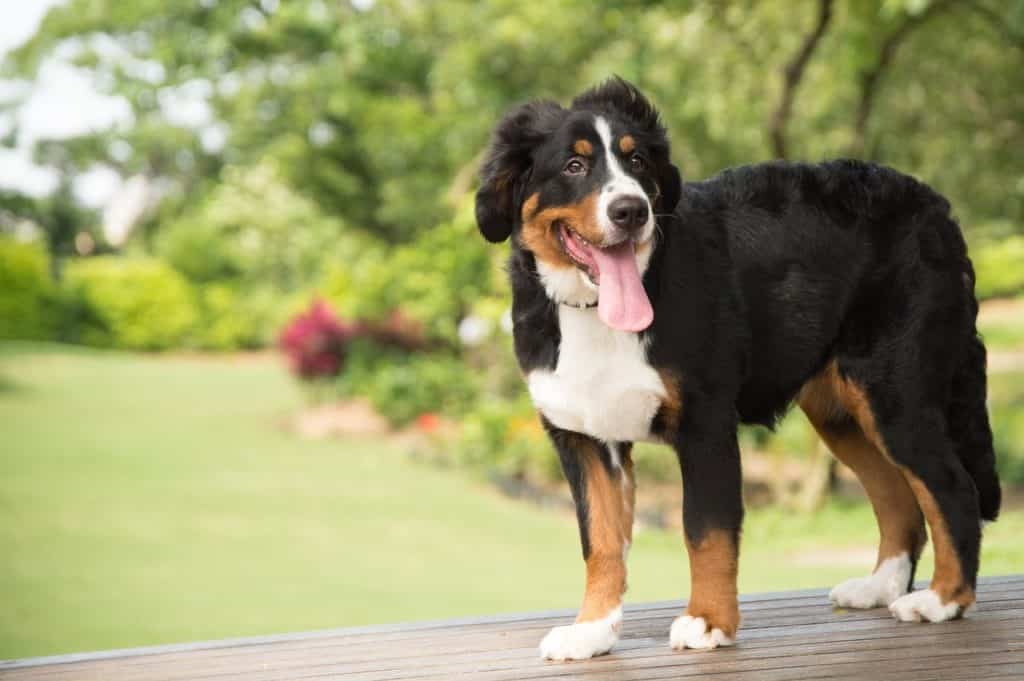
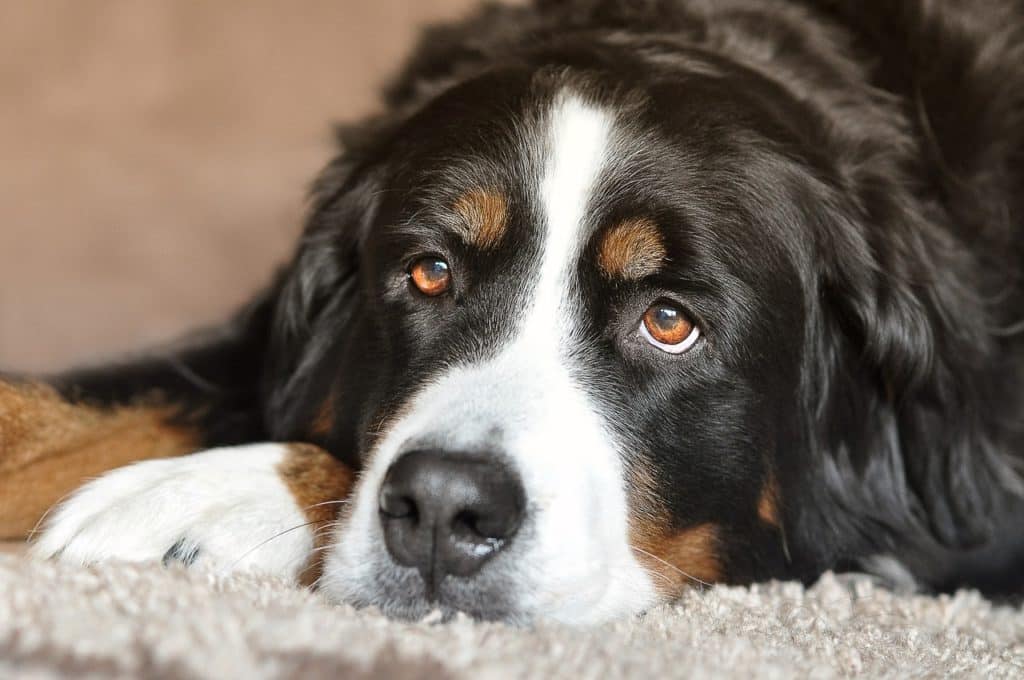
Temperament:
The Bernese Mountain Dog is a good-natured dog with an even temperament. It is very affectionate, especially towards familiar people. It is considered to be alert, watchful and fearless, but is not a barker. He is self-confident towards strangers, but absolutely peaceful. He is characterized by very good obedience.
Characteristics
The Bernese Mountain Dog is not only appreciated for its good-natured character. Its child-friendliness also makes it the ideal family dog. In addition, these very adaptable animals are also used as companion dogs.
The Bernese Mountain Dog's enjoyment of physical work makes it a good pulling dog. The successful trackers are particularly valuable as disaster and rescue dogs.
Animals of this particular breed also enjoy all kinds of popular sports. They are not suitable for sports such as agility due to their strong build. This is because these sports require the dog to be highly agile and flexible.
Bernese Mountain Dogs are large dogs with a luxuriant tricolored coat. The basic color is black with red to reddish-brown and white markings. The coat is relatively long and dense. It must be brushed regularly. This is the only way to keep it free of tangles.
These four-legged friends are very strong and muscular. Originally, they were therefore mainly used as working dogs. The males are around 70 cm tall, the females are often somewhat smaller. They have a very robust build and are longer than they are tall. Their weight is between 34 and 54 kg. They usually reach an age of 10 to 12 years.
Bernese Mountain Dogs are characterized by constant alertness and special good-naturedness. They were originally working dogs and are therefore very willing to learn. Due to their size, obedience training must begin as early as puppyhood. Only then will the Bernese Mountain Dog become a sociable and reliable family dog.
The natural instincts for guarding and working on the farm are still present today. This breed is therefore ideally suited as a reliable guard dog and is also ideal as a draft and herding dog.
Draft work is also part of the field trials held especially for Bernese Mountain Dogs. Here, the dogs willing to work are expertly assessed. It is a question of how strongly and evenly they can pull a cart while maintaining control.
As an affectionate family dog, the Bernese Mountain Dog loves exercise. He is also happy to take on various tasks. He wants to please you. He is always happy to accompany you on your walks.
According to the FCI, the Bernese Mountain Dog belongs to Group 2: Pinschers and Schnauzers, Molossoids, Swiss Mountain Dogs.
Coat care:
Shedding:
Energy level:
Trainability:
Children suitable:
The right food
The Bernese Mountain Dog has a muscular, large build and a strong coat. They therefore have special nutritional requirements. Dogs of this breed are mostly used as working dogs. Nevertheless, they have a rather cozy character.
The diet should therefore be tailored to the individual needs of the dog. The breed itself has its own requirements for an optimal diet. Other factors that need to be taken into account when feeding are the dog's activity, age, state of health and physical constitution.
The following diseases are common in this breed: Hip joint dysplasia, obesity, kidney dysfunction and tumors.
As the Bernese Mountain Dog is a rather sluggish dog, it can become overweight. If they are overweight, you should discuss with your vet whether a diet food is more suitable.
Barfeeding has also become established today as an alternative to ready-made food. Here, the dog is only given the food in raw form. Proponents of this method particularly emphasize the valuable ingredients. These are only contained in raw meat and vegetables and can be lost during cooking.
Perhaps you are not yet sure which diet is the right one. Then it's best to contact the breeder or your vet.
Health & Care
The beautiful coat of the Bernese Mountain Dog is dense and quite long. It has a particularly natural shine. However, such a coat must be brushed daily. This is the only way to keep it clean and prevent matting, which would look unattractive.
More thorough grooming should be carried out at least every two weeks. Most Bernese Mountain Dogs shed a moderate amount of fur throughout the year. On average, this happens twice a year, once in summer and once in winter.
To make grooming easier, there are special dog shampoos for long-haired four-legged friends on the market. It keeps the coat smooth and shiny. If the coat still has knots or tangles, it is advisable to use a detangling spray. Such sprays are available especially for grooming long-haired dogs.
In addition, eyes, skin and ears should be checked daily if possible. Paws, claws and teeth should not be neglected either.
Keeping your dog in a species-appropriate manner and providing it with comprehensive care are important. They contribute to the well-being and health of your four-legged friend. And they help you to enjoy each other for a long time.
Suitable accessories
Bowls, a lead and collar as well as a basket or mat for sleeping and retreating are part of every dog's basic equipment.
You should buy your Bernese Mountain Dog new toys from time to time. This will keep playing and romping around more interesting for the dog than your shoes.
Another important part of the basic equipment are dog brushes. They are essential for grooming, especially if you don't want a carpet of dog hair in your home. Your Bernese Mountain Dog can manage one day without grooming. But by the second day at the latest, he will urgently need grooming again.
Otherwise, the breed is undemanding.
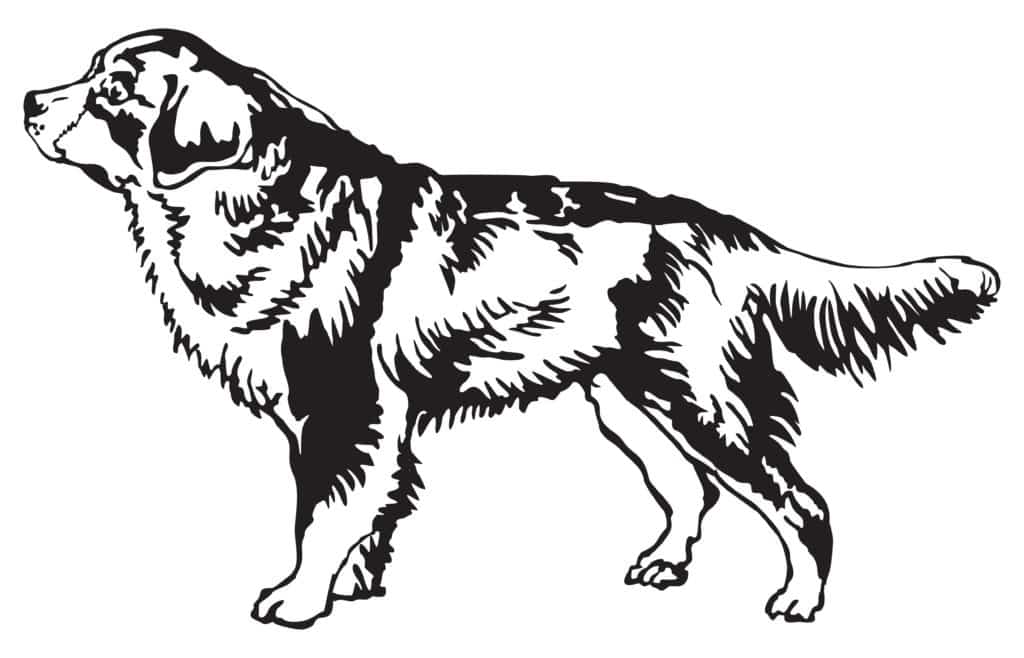
Origin & History
Today's Bernese Mountain Dog was originally called the "Dürrbächler". This name is derived from a small village called Dürrbach in Switzerland. The strong and hard-working dog was very popular with the farmers there.
From the very beginning, the Bernese Mountain Dog was a versatile farm dog. The intelligent dog could herd the cattle. He also had to guard the farmyard and even pulled the heavy milk cart to the nearest dairy store in the village. He was particularly good at herding the many sheep.
Despite its initial popularity, the breed fell into oblivion at the turn of the century. Professor Albert Heim saved the breed from gradual extinction. He continued to develop the breed. He optimized the temperament and size of the dogs by crossing them with Newfoundlands.
The dog caused a sensation at a major international pedigree dog show. This was in Bern, Switzerland, in 1907. As a result, it quickly became very well known in many other regions. As a result, it was renamed the Bernese Mountain Dog.
The name Bernese Mountain Dog is derived from the region from which the breed originates. Bern refers to a canton (similar to a German federal state) in Switzerland. This is where the Bernese Mountain Dog was first bred.
There are also the Appenzell Mountain Dog, the Swiss Mountain Dog and the Entlebuch Mountain Dog. The breeds are named after their place of origin. Shepherds in the Alps are often referred to as "Senn". This is because they typically keep such dogs as working farm dogs and herding dogs.
